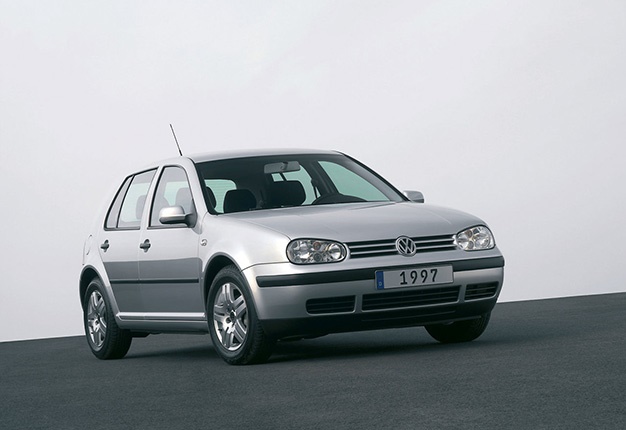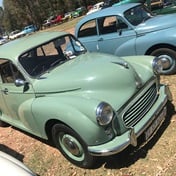
The 1990s brought tremendous change to the South African motor industry. Following the 1994 election, many brands returned to the local market, greatly increasing customer choice and product diversity.
In a market featuring much greater competition, a few cars from the 1990s can rightly claim to have become icons.
READ: Toyota Tazz 'love affair', how not to tow a vehicle in SA... Top motoring clips of the week
We've had a ponder and below are five cars which arguably defined the Mzansi motoring scene from 1990-1999. What’s most notable? The dominant position of Japanese brands and an absolute absence of anything Korean. How that was to change in the 2000s.
Toyota Tazz
Known affectionately as the starter pack, a play on that other iconic 1990s device, Nokia’s 3310, the Toyota Tazz defined affordable motoring.
The strategy was simple: Toyota required a counter to VW’s Citi Golf and with Tazz evolving from a platform designed more than a decade later than Golf1, it was always going to be a more refined and slightly safer vehicle.
For budget buyers, it offered a roomier alternative to the VW Citi Golf and the nearly unbreakable 1.3-litre 12-valve engine established a legendary reputation for reliability.
Originally marketed with a four-speed manual, later versions added a fifth-ratio and alloy rims became an option to replace the factory steel wheels. Many of these are still running today – and they command a premium price as pre-owned vehicles.
Which of these South African icons has been your absolute favourite and why? Email us
BMW E36
Plant Rosslyn built two generations of 3 Series in the 1990s, but the most influential of these was E36. When it launched the styling was a radical departure from BMW’s boxy E30 and although Audi and Mercedes-Benz launched their A4 and C-Class compact executive sedan rivals in the 1990s, none managed to blend the formula quite as convincingly as BMW did.
Image: Net Car Show
This was the model range which has BMW’s South African customers diesel power (325tds) and a first engagement with the M3 nameplate.
Nissan Maxima
It's nearly impossible to imagine, from any 2018 perspective, but Nissan once had a luxury sedan in its local product portfolio which bothered BMW and Mercedes-Benz a great deal more than they admitted. The third-generation Maxima combined a spacious cabin, massive boot and relatively strong performance.
It was good enough to win South African Car of the Year in 1992 and much of its appeal was this large Nissan sedan's high-speed cruising ability. The Maxima featured a 142kW 3.0-litre V6 engine, matching more expensive German rivals for power. It was an apex-point for Nissan’s South African sedan business.
VW Golf Mk4
A car delivered to market as all that pre-millennial angst was building, the Golf4 was a vision of what was to come beyond 2000 (apologies for the TV series pun).
VW’s obsessive R&D drive had geared throughout much of the 1990s and delivered a Golf which suddenly felt and drove a lot more like a German premium, than family, car.
Image: Net Car Show
The build quality was outstanding and levels of refinement unlike anything South Africans had experienced from VW – or a hatchback - before.
It also foreshadowed that VW would eventually come to dominate the South African hatchback market completely. Golf4 would also introduce turbocharging to local VW customers with both the iconic GTi and TDi derivatives featuring forced induction. A first for VWSA.
Honda Civic
In one of those bizarre joint-ventures caused by South Africa’s global isolation in the 1980s, Honda’s local retail business operated through Mercedes-Benz’s dealer channel for a good few years.
Before A-Class was launched locally in the late 1990s, Honda’s Ballade was a default junior Mercedes-Benz. The association positioned Honda’s as the most 'premium' amongst Japanese brands and fortunately, its cars were good enough to justify that billing.
Especially the fifth-generation Ballade, with its curvaceous styling and revolutionary cabin packaging – which guaranteed amazing space utilisation for something of its size.
It helped that they were all powered by stellar engines, which in the early 1990s, as a result of Honda’s dominance in F1 racing a few years earlier, were some of the best engines ever built.




 Publications
Publications
 Partners
Partners
















